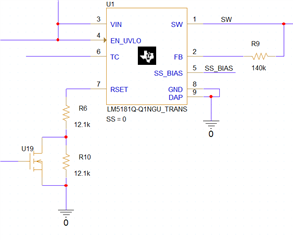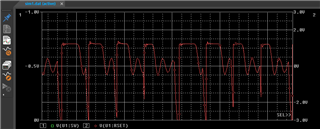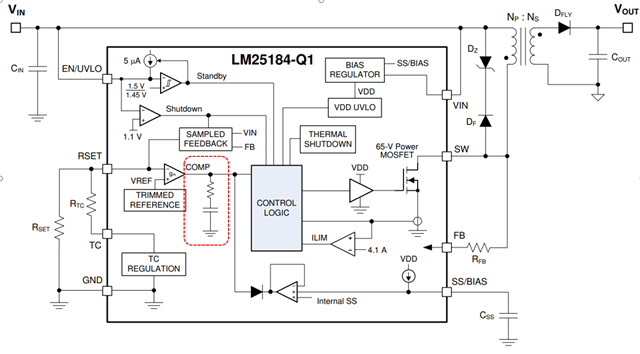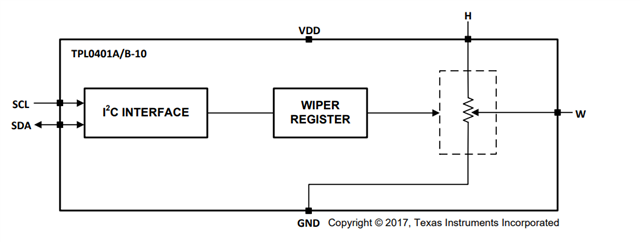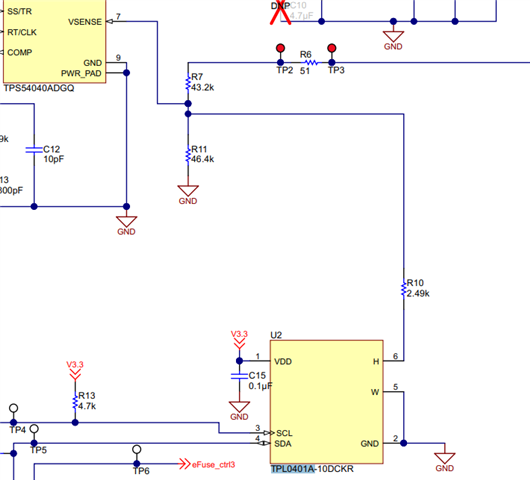Other Parts Discussed in Thread: LM5160
Tool/software:
Hi,
we are looking for feasible solution of variable output, DC isolated converter (24V to ~5..15V, <1..100mA). Input voltage is fixed 24V, output current will vary from few mAs to about 100mA.
The output voltage shall be electronically adjustable in steps by e.g. external MOSFET switch or by DAC voltage connected to suitable resistor circuit of converter.
We like PSR flybacks due to simplicity and small footprint, but other approaches may be considered too.
As the project relates to sensitive measurements, low output noise/EMI is an advantage.
We have considered LM5181, but it is not clear what is the best way to adjust its output voltage - e.g. can we switch different values of Rset by MOSFETs ?
Btw. has LM5181 any way how to tune the control loop ?
What solution would you suggest ?
Thanks
Robert



